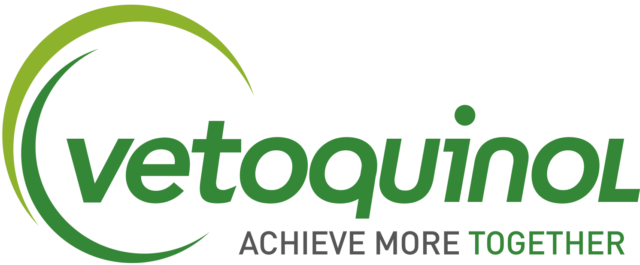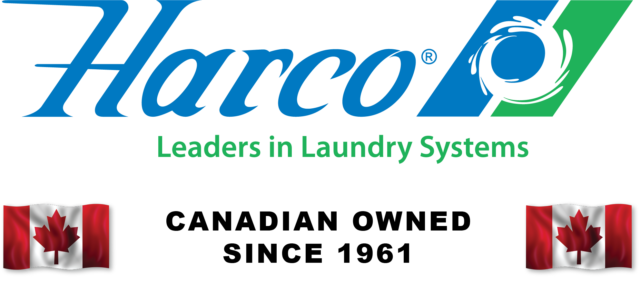So let me take a moment to say I was by no means trying to advocate against supply management or suggest that it must come to an end at this point in time.
First, to fully understand where I was coming from, you must understand a bit more about me. A few years back, my company had all of its employees take a personality test. It revealed that I have a strong “thinking” personality preference, which means I like to debate.
I will bring up all sides of an issue just to bring them up, not because I am in favour of any one position. If someone is being positive, I will be negative. If there is negativity, I’ll state the positive.
So naturally after hearing a presentation staunchly supporting supply management, I couldn’t help but think of the “what ifs.” Call it a partial SWOT analysis. If you’re not familiar with this term, it is a business analysis that outlines strengths, weaknesses, opportunities and threats (SWOT).
Last month I mentioned some threats to supply management. This month let’s briefly round out the analysis.
Strengths
The vast amount of support the system receives. Dairy producers, industry representatives and government officials have all stepped forward in support of supply management.
It is this support that keeps supply management viable throughout the ongoing trade discussions where other countries have requested for it to go away.
Another strength is its ability to stabilize the industry and to provide producers and those they work with (lenders, dealerships, etc.) a certainty when making economic decisions.
Weaknesses
It comes at a cost. The added price to purchase quota can be challenging for new entrants or existing producers who want to expand.
Opportunities
It finds opportunity in the program’s ability to grow and change while keeping a solid foundation.
As mentioned, it can be difficult for those interested in dairying to get started in a supply-managed system, yet programs have been developed to assist new producers. Another adaptation I have heard about is an idea to develop a secondary market for excess milk to be exported.
I’m sure we could list out several more items here, but this gives you an example of how to look at all sides of an issue.
Taking time to analyze your business, as well as the industry to which it belongs, is a good practice. You can rejoice in its strengths, understand its weaknesses, identify its opportunities and acknowledge its threats.
If you haven’t performed a SWOT analysis on your farm or if it has been awhile, I encourage you to make time on a rainy day to do so.
Also, don’t forget to take a moment to enjoy June Dairy Month. Have a milkshake or throw some extra cheese on that burger on the grill, and encourage your friends and family to do the same.
It is a time to celebrate the dairy industry, its strengths, weaknesses, opportunities, threats and all.
Happy June Dairy Month! PD

-
Karen Lee
- Editor
- Progressive Dairyman
- Email Karen Lee









